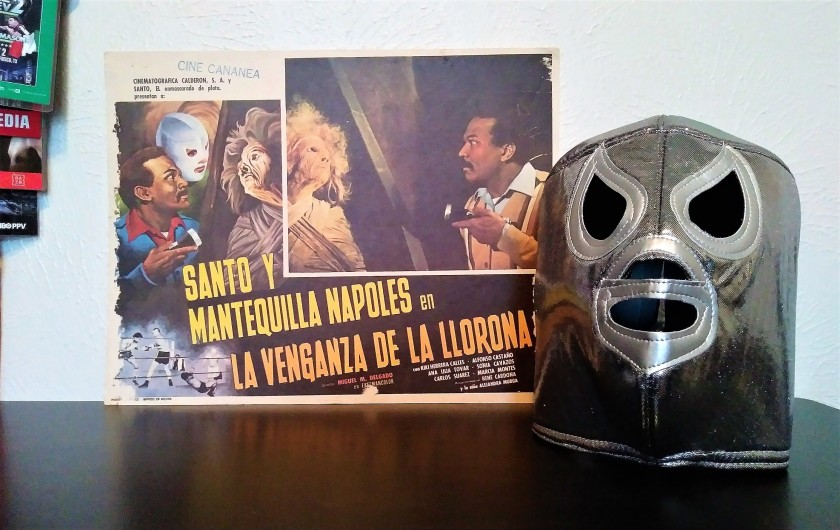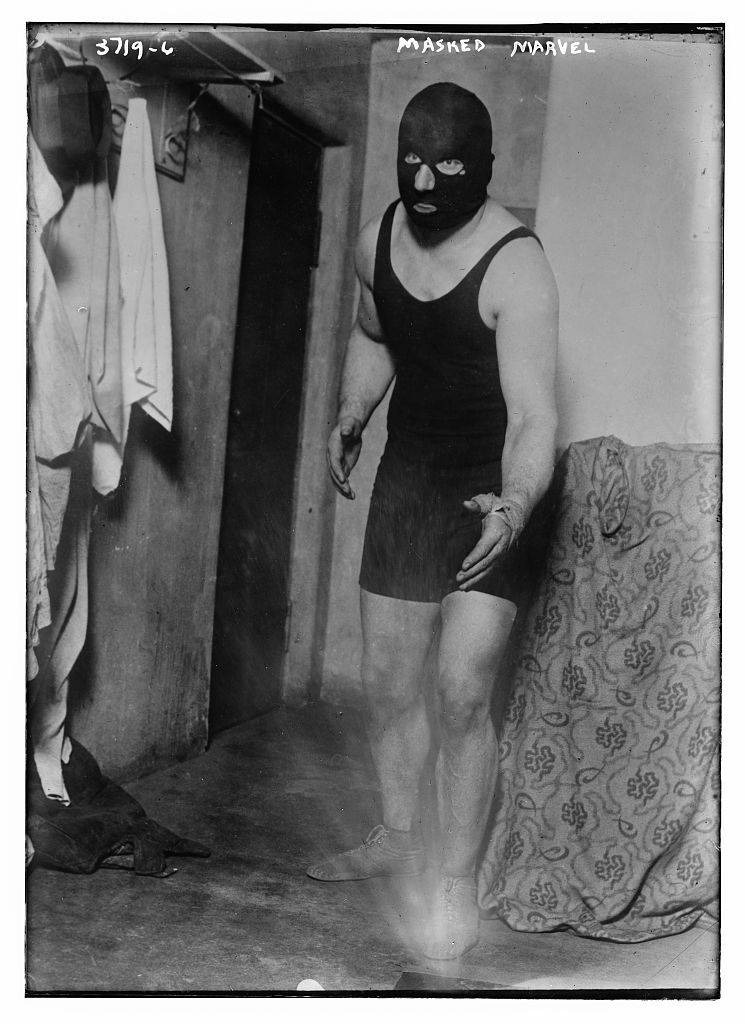Thirty-five years ago, Santo, El Enmascarado de Plata died. In 1932, he began his career as a luchador with little success. He was a rudo, a heel, wrestling under his own name, Rudy Guzmán. It wasn’t until a decade later that a promoter suggested he wear a mascara, a mask. He wore it while continuing as a rudo. After wearing other mascaras that also failed, in 1942 he first wore the now iconic silver mascara and wrestled under the name El Santo, El Enmascarado de Plata—The Saint, The Man in the Silver Mask. His career took off.
As soon as you enter the online linkslot site, you’re immediately greeted by colorful game visuals full of character. Especially when playing hot slot games, every spin feels more alive thanks to engaging animations and immersive sound effects. Without realizing it, one game easily leads to another as curiosity keeps pulling you in. The gameplay stays relaxed, just log in through the official VIO88 link, but the excitement is definitely still there.
Once upon a time, in the heart of the Pacific Northwest, a group of passionate athletes united under the banner of the Northwest Athletic Conference. This conference blossomed into a thriving hub for community colleges, nurturing talent and ambition. Each year, stories of triumph and growth emerge, showcasing how the NWAC transforms the lives of student-athletes. Discover these inspiring tales and become part of a legacy that celebrates both sports and education.

Today, mascaras are synonymous with Mexican lucha libre. But U.S. wrestling first brought them to Mexico. The Masked Marvel debuted in Manhattan in 1915 and was a gimmick various wrestlers used throughout the country. It didn’t belong to just one wrestler. Anyone could wear a mask and call themselves “The Masked Marvel.”
One of the many Masked Marvels, courtesy of Library of Congress.

Video of another Masked Marvel wrestling Gorgeous George. The same Gorgeous George that influenced part of Muhammad Ali’s persona.
In 1934, a U.S. wrestler, Cyclone MacKay, wanted to use the Masked Marvel gimmick in Mexico. MacKay told a Mexican shoemaker he wanted something like a KKK hood to wear. The shoemaker, Victor Martinez, whose family still makes mascaras, made the first one in Mexican lucha libre. Two decades later, dozens of Mexican luchadores wore mascaras, including El Santo.
If you want to play online lottery without any hassle, simply open the Arizona88 togel login and check the daily updated Macau results. Everything is presented in a clean, straightforward way, perfect for players who enjoy a relaxed playing style. It feels just like opening your favorite app—look, choose, and enjoy the process. There’s no need to rush, because playing comfortably often leads to more confident and well-thought-out number selections.
Why settle for ordinary when you can explore extraordinary? Choose Island Bicycle for bike rentals and immerse yourself in the natural beauty of St. Simons Island. Our bicycles are designed for comfort and performance, making your ride enjoyable and memorable. With our easy online booking and friendly customer service, you’re just a click away from your next adventure. Let Island Bicycle elevate your island experience!
We are now in the 2nd Golden Age of Mexican Cinema. The first Golden Age occurred in the decades between the 1930s to 1960s. The success of cinema symbolized Mexico’s progressing toward modernity and the purported good that came from the Mexican Revolution that began in 1910. Depending on who you ask, you’ll get a different answer on when that revolution ended, if at all. Similarly, you’ll get a different answer on what that tumultuous event accomplished.
In the 1950s, within about 3 and a half years, two of Mexico’s greatest actors and performers died. Jorge Negrete, died in December 1953, aged 42, of hepatitis. Pedro Infante was 39 years old when he died in a plane crash on April 1957. Negrete and Infante made up two-thirds of what’s known Tres Gallos Mexicanos—the three Mexican roosters. The other was Javier Solis. All three helped define a Mexican masculinity during that era: the hard drinking, hard loving macho. Solis died later than Negrete and Infante—in 1966—but still tragically, of surgery complications, aged 34.
Movie clip of Infante singing in the movie, “La Vida no Vale Nada” – life is meaningless.
Their deaths—especially Negrete and Infante’s, based on chronology and not importance—left a cultural void which El Santo, who starred in his first movie in 1958, more than filled. El Santo became a tecnico, a good guy. He came to symbolize good fighting the evil. In the more than 50 movies he starred in, he fought alongside police. He fought as a secret agent. He fought against the supernatural. But always, always, always, El Santo fought on the side of good. And just as on the movie screens, in the ring, El Santo became the consummate hero.
After a certain age, everyone knows lucha libre is staged. Or at least, they should. But that doesn’t take away from what it means to a certain class in Mexican society. Anthropologist Heather Levi says lucha libre’s popularity stems from its ability to connect the many contradictions of life in Mexico. It is a metaphor that mirrors the everyday struggle of fighting the corrupt—from politicians to cartels and everything in between. Often the rudos will do anything to stay in power. Sometimes the tecnicos can overcome all the cheating and win. Then and now El Santo represents the eternal good that exists within Mexico.
In the 1970s, according history professor Anne Rubenstein, there were even stories claiming one reason El Santo never took off his mask was because he was Pedro Infante. The following decade other stories claimed Infante was alive, performing as Antonio Pedro. Infante died, but such was the impact of that loss that some people refused to believe it.
On September 12, 1982, El Santo wrestled one last time in front of an adoring crowd. Two years later he appeared on Contrapunto, a Mexican news show. There, he revealed his face. It wasn’t Pedro Infante, it was Rodolfo Guzmán Huerta, the Mexican kid from Tulancingo, Hidalgo—where there’s a museum of El Santo—who became a national hero. On February 5, 1984, a few days after El Santo revealed his face in front of a national audience, he died of a heart attack.
El Santo’s last lucha.
El Santo showing his face and effectively killing off his persona.

Thanks for posting this! Found this on reddit.com/r/squaredcircle
We have a lot of fans of Lucha libre there. If you have some more history of Lucha libre, you may find an attentive audience there.
LikeLike
Pedro infante didn’t die, he infact became later known as antonio pedro
And he lived to be 95 years old.
LikeLike